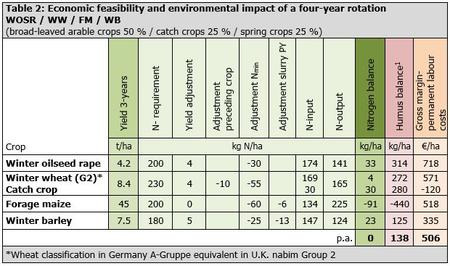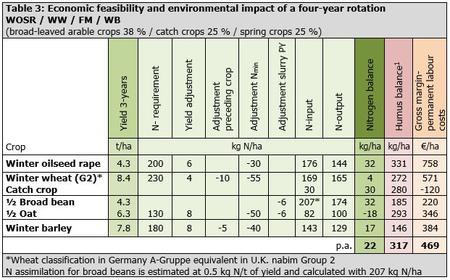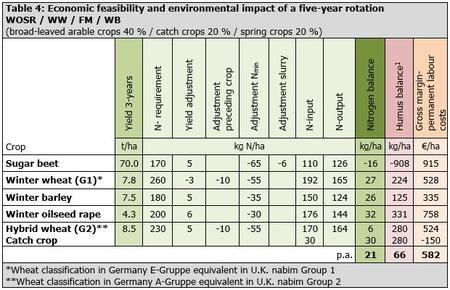International
Diverse crop rotation: What does it achieve and cost?
Crop rotation diversity is the most important agronomical answer for a wide range of current challenges – reaching from plant protection issues, extreme weather conditions to the amendment of current fertiliser regulations. Thus, are crop rotations with less lucrative plant varieties viable? How does it influence humus content and nutrient balance? Sven Böse evaluated different crop rotations.
Crop rotation diversity is the most important agronomical answer for a wide range of current challenges – reaching from plant protection issues, extreme weather events to the amendment of current fertiliser regulations. Thus, are crop rotations with less lucrative plant varieties viable? How does it influence humus content and nutrient balance? Sven Böse evaluated different crop rotations.
Initial situation: Over the past few years crop rotations were continuously shortened in order to maximise the gross margin. Due to the shorter crop rotation, extensive crops like summer cereals and legumes were replaced by winter cereals and oilseed rape resulting in yield stagnation, pest and weed problems.
Alternative crop rotations have to fulfil certain criteria:
- They must have sufficient economical feasibility by including an adequate amount of high profitable crops.
- Weed CONTROL has to improve, pest quantity reduced.
- They should show a positive environmental balance (humus, nutrient balance, plant protection).
In this article different crop rotations were compared on the base of the above mentioned criteria:
A three-year rotation with winter crops (initial situation), a four-year rotation with forage maize and catch crops, a four-year rotation with summer cereals/broad bean and catch crops and a five-year rotation.
This comprehensive comparison shows that a diverse crop rotation can be profitable if the breakeven analysis is not carried out for the individual crops but looks at the performance of the complete crop rotation. For example, higher and more reliable oilseed rape yields, a higher product quality, less plant protection and work process advantages should also be evaluated. The author emphasises the environmental and nutrient relevance of catch crops.
In this analysis the best results were achieved by the five-year rotation including sugar beet, spring wheat (for late autumn sowing), winter barley, winter oilseed rape and winter wheat and using 20% catch crops.






